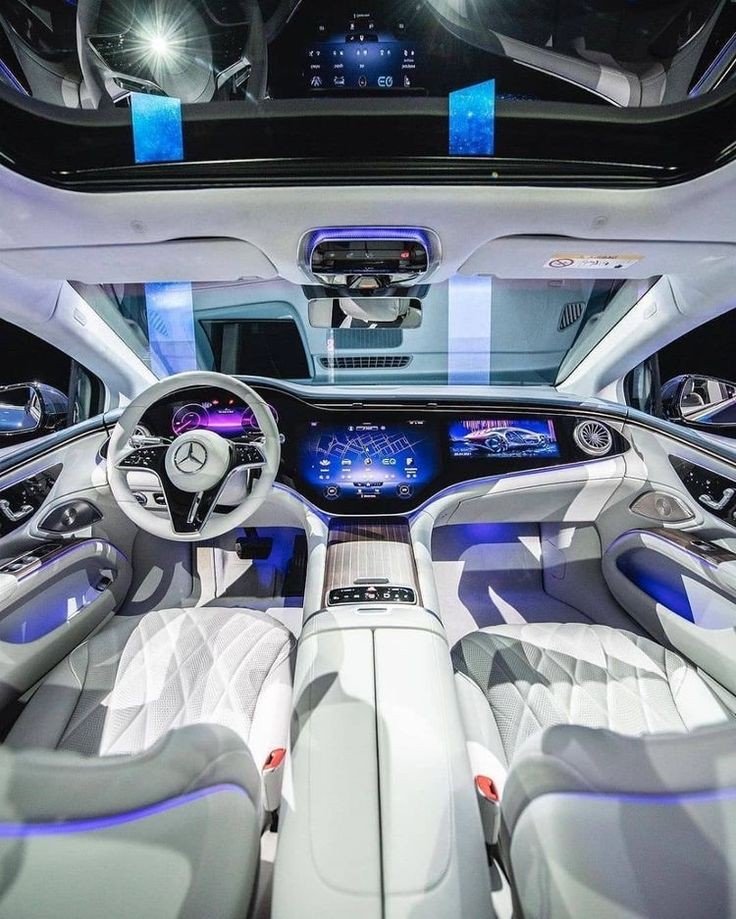
China has emerged as a dominant force in the global automotive industry, influencing various aspects of production, technology, and market dynamics. This comprehensive article explores the role of China in the global automotive landscape, highlighting its contributions, challenges, and future prospects.
Historical Context
Early Developments
China’s automotive industry began to take shape in the mid-20th century, with the establishment of state-owned enterprises like FAW Group (First Automobile Works) in 1953. Initially, the focus was on producing trucks and military vehicles for domestic use.
Opening Up and Reform
The significant transformation started in the late 1970s and early 1980s when China opened up its economy and initiated market-oriented reforms. The government encouraged joint ventures between Chinese state-owned companies and foreign automakers, leading to the entry of major global players like Volkswagen, General Motors, and Toyota.
Rapid Growth
The 21st century marked a period of rapid growth for China’s automotive industry. By 2009, China had surpassed the United States to become the world’s largest automotive market. This growth was fueled by urbanization, rising incomes, and government policies supporting the automotive sector.
Current State of the Industry
Market Size and Production Capacity
China is the world’s largest producer and consumer of automobiles. In 2021, China produced over 26 million vehicles, accounting for nearly one-third of global vehicle production. This immense production capacity is supported by a vast network of manufacturing plants and a comprehensive supply chain.
Key Players
Several Chinese automotive companies have risen to prominence, including:
SAIC Motor Corporation: One of the largest automakers in China, with joint ventures with General Motors and Volkswagen.
Geely Automobile: Known for its acquisition of Volvo Cars and investments in Daimler AG.
BYD: A leading player in the electric vehicle (EV) market.
Great Wall Motors: Specializes in SUVs and pickup trucks.
Foreign Investments and Joint Ventures
Foreign automakers have established a strong presence in China through joint ventures. These partnerships have enabled technology transfer and provided foreign companies with access to the lucrative Chinese market. Key joint ventures include:
FAW-Volkswagen: A collaboration between FAW Group and Volkswagen, producing popular models like the VW Jetta and Audi A6.
SAIC-GM: A joint venture between SAIC Motor Corporation and General Motors, producing a wide range of vehicles under the Buick, Chevrolet, and Cadillac brands.
Dongfeng-Honda: A partnership between Dongfeng Motor Corporation and Honda, manufacturing models like the Honda CR-V and Civic.
Technological Advancements
Electric Vehicles (EVs)
China is a global leader in the electric vehicle market. The government’s strong support for EVs, including subsidies, tax incentives, and investments in charging infrastructure, has spurred rapid growth. Key developments include:
BYD: A pioneer in the EV market, producing a range of electric cars, buses, and trucks.
NIO: Known for its premium electric SUVs and innovative battery-swapping technology.
Xpeng Motors: Focuses on smart EVs with advanced autonomous driving capabilities.
Autonomous Driving
China is making significant strides in autonomous driving technology. The government has established testing zones and regulatory frameworks to support the development of self-driving cars. Key players include:
Baidu: Known for its Apollo autonomous driving platform, collaborating with several automakers to develop self-driving technology.
Pony.ai: A startup focused on autonomous mobility solutions, conducting extensive testing in Chinese cities.
Didi Chuxing: The ride-hailing giant is investing heavily in autonomous driving research and development.
Connectivity and Smart Vehicles
China is at the forefront of developing connected and smart vehicles, leveraging its advancements in 5G technology. These vehicles offer enhanced safety, convenience, and entertainment features. Key initiatives include:
Telematics: Many Chinese automakers offer telematics services, providing real-time data on vehicle performance, navigation, and remote diagnostics.
V2X Communication: China is promoting Vehicle-to-Everything (V2X) communication, enabling vehicles to interact with each other and with infrastructure to improve traffic management and safety.
Market Dynamics
Domestic Market
China’s domestic automotive market is characterized by high demand and fierce competition. Key trends include:
Urbanization: The ongoing urbanization and rising middle class continue to drive demand for passenger vehicles.
Environmental Concerns: Increasing awareness of environmental issues is boosting the demand for EVs and hybrid vehicles.
Luxury Segment: There is growing demand for luxury cars, with brands like BMW, Mercedes-Benz, and Audi experiencing robust sales.
Export Market
China is also expanding its presence in the global automotive market through exports. Key factors include:
Competitive Pricing: Chinese automakers offer competitive pricing, making their vehicles attractive in emerging markets.
Quality Improvements: Continuous improvements in quality and reliability have enhanced the global reputation of Chinese vehicles.
Strategic Partnerships: Collaborations with foreign companies and investments in overseas manufacturing facilities are boosting China’s export capabilities.
Challenges and Opportunities
Challenges
Despite its strengths, China’s automotive industry faces several challenges:
Overcapacity: Excess production capacity can lead to inefficiencies and financial losses.
Trade Tensions: Ongoing trade disputes with major economies like the United States can impact exports and supply chains.
Environmental Regulations: Stricter environmental regulations require continuous innovation and investment in cleaner technologies.
Opportunities
The Chinese automotive industry also presents numerous opportunities:
Innovation in EVs: Continued advancements in EV technology and infrastructure can strengthen China’s leadership in the global EV market.
Autonomous Driving: Further development and commercialization of autonomous driving technology can open new revenue streams.
Global Expansion: Expanding into new markets and increasing exports can drive growth and reduce dependence on the domestic market.
Government Policies and Support
Subsidies and Incentives
The Chinese government provides substantial support to the automotive industry through subsidies, tax incentives, and grants. These measures are particularly focused on promoting EVs and sustainable transportation.
Infrastructure Development
Investments in infrastructure, such as charging stations for EVs and testing zones for autonomous vehicles, are crucial for the industry’s growth. The government is actively involved in developing this infrastructure to support the adoption of new technologies.
Regulatory Frameworks
China has established regulatory frameworks to promote innovation and ensure safety in the automotive industry. These regulations cover areas like vehicle emissions, safety standards, and autonomous driving testing.
Future Prospects
Continued Growth in EV Market
The global shift towards electric vehicles presents a significant growth opportunity for China’s automotive industry. With strong government support and continuous innovation, Chinese automakers are well-positioned to lead the global EV market.
Advances in Autonomous Driving
China’s investments in autonomous driving technology are expected to yield significant advancements in the coming years. As regulatory frameworks evolve, the commercialization of self-driving cars will become more feasible, opening new opportunities for Chinese companies.
Global Expansion
Chinese automakers are increasingly targeting international markets to diversify their revenue streams and reduce reliance on the domestic market. Strategic partnerships, acquisitions, and investments in overseas manufacturing facilities will play a crucial role in this expansion.
China’s role in the global automotive industry is multifaceted and significant. As the world’s largest automotive market and a leader in technological innovation, China continues to shape the future of the industry. With strong government support, a focus on electric and autonomous vehicles, and a commitment to quality and innovation, China is poised to maintain its leadership position and drive the global automotive industry forward.
However, challenges such as overcapacity, trade tensions, and environmental regulations must be addressed to sustain this growth. By leveraging its strengths and seizing new opportunities, China can continue to play a pivotal role in the evolution of the global automotive industry.
ALSO READ: Hyundai | Driving Innovation and Excellence





